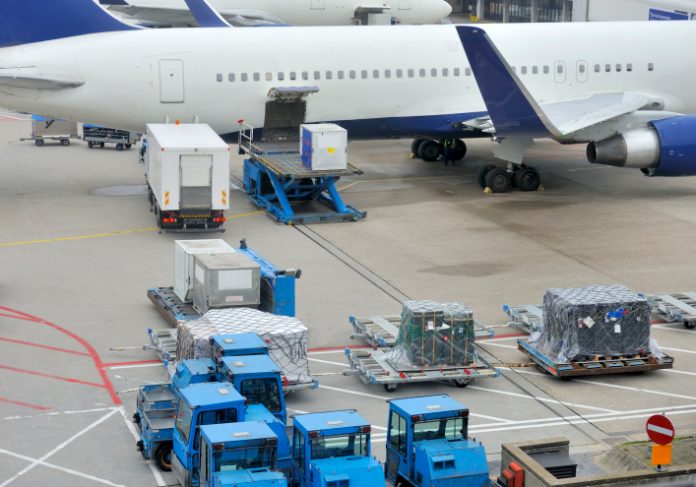Air freight capacity is building rapidly on Africa routes, especially in the Middle East and Asia lanes. While global air cargo fell 1.5 percent overall in 2012 from the previous year, Middle East and Africa carriers saw 14.7 percent and 7.1 percent increases in demand, respectively, the International Air Transport Association reports, with Africa’s capacity increase surpassing this demand.
Carriers are adding capacity with the expectation that demand will accelerate. There already are signs of acceleration. In the Middle East, carriers saw a 16.3 percent increase in demand in its Africa traffic from January 2012 to January 2013, and a 12.4 percent rise in capacity. Airlines in Africa saw a 3.7 percent increase in demand and a 13.9-percent rise in capacity in the same period.
On March 5, Luxembourg carrier Cargolux inaugurated direct Boeing 747 freighter service to Port Harcourt in Nigeria from Europe and other Cargolux destinations worldwide, becoming the first airline to introduce the new Boeing 747-8F on African air freight services. The firm says it expects robust oil and gas traffic from Port Harcourt, as well as a range of consumer goods inbound. It plans to add more African flights throughout the year.
Cargolux received the prestigious International All-Cargo Carrier of the Year in Africa award at the Air Cargo Africa 2013 conference in Johannesburg, South Africa, in February.
Also in March, Virgin Atlantic Cargo added an Airbus A340-600 flight between London and Johannesburg, providing much needed additional capacity for shippers moving goods from South Africa to Europe and the United States during South Africa’s peak season. Nick Jones, head of sales for Virgin Atlantic Cargo, says heavy rains have impacted certain perishable traffic from South Africa, but Virgin continues to attract a good level of general cargo, such as automotive parts, mining equipment and pharmaceuticals.
London-based Coyne Airways in January launched an African network that connects more than 30 destinations on the continent via its hub airports in Lagos, Nigeria, Nairobi, Kenya, and Johannesburg, South Africa. The firm says its goal is to provide links from major airports in North America, Europe, the Middle East and Asia-Pacific into destinations across the continent that previously had limited services, using the hubs.
“This is a new style of service for Africa, designed to give forwarders the kind of peace of mind they require when moving freight to challenging destinations,” Coyne’s commercial director, Michael Clements, said in a statement. “There is a lot coming out of Africa, and not just pineapples and roses. Beauty products, textiles, and handicrafts are increasingly being exported, and there is oil and gas equipment which needs to be returned,”
CEO Larry Coyne added, “Customer service is often lacking in Africa. The market is crying out for more than just point-to-point and we are confident that we have the experience, network, and contacts on the ground to deliver excellent levels of service.”
With the rate of Asian trade and investment in Africa showing no sign of abating – trade between the two regions rose more than 400 percent in the decade to 2012 – DHL Global Forwarding last December added eight new destinations in Africa to its sea-air program: Abidjan, Cote d’Ivoire; Brazzaville and Pointe Noir, Republic of Congo; Kinshasa, Democratic Republic of Congo; Dakar, Senegal; Luanda, Angola; Douala, Cameroon; and Malabo, Equatorial Guinea. Shipments will move as ocean freight from Asia to Dubai, where they will be placed on pre-booked cargo flights to Africa. DHL now boasts 26 sea-air destinations in Africa that can link up with more than 40 Asian destinations.













